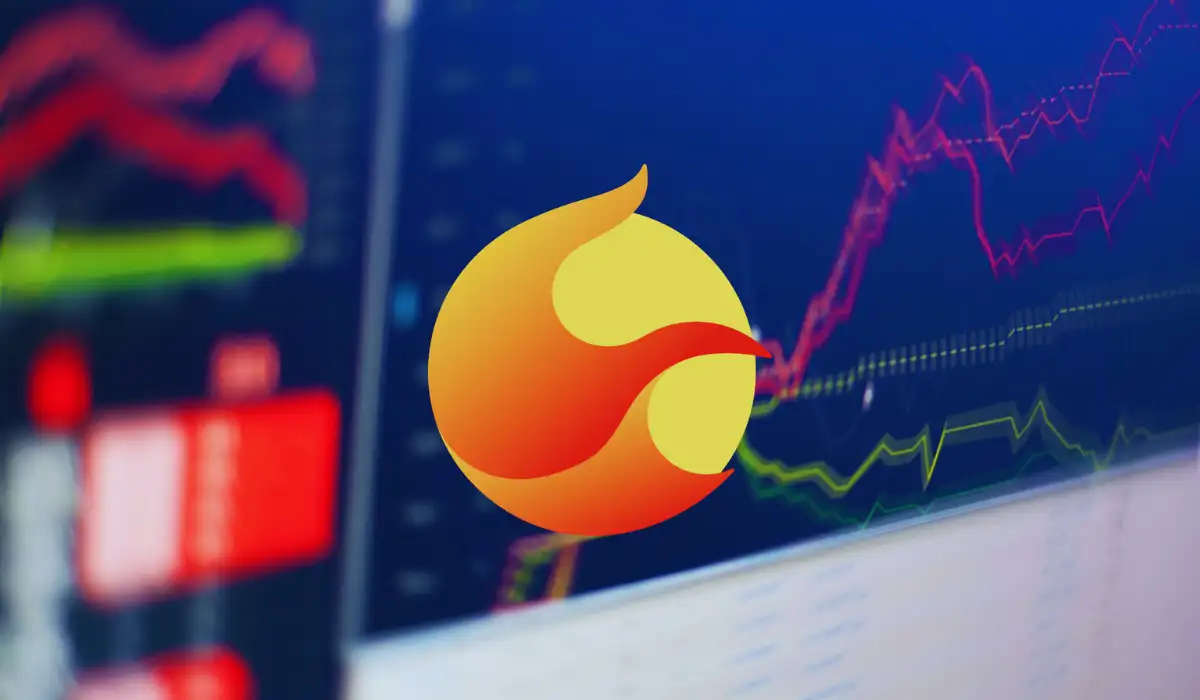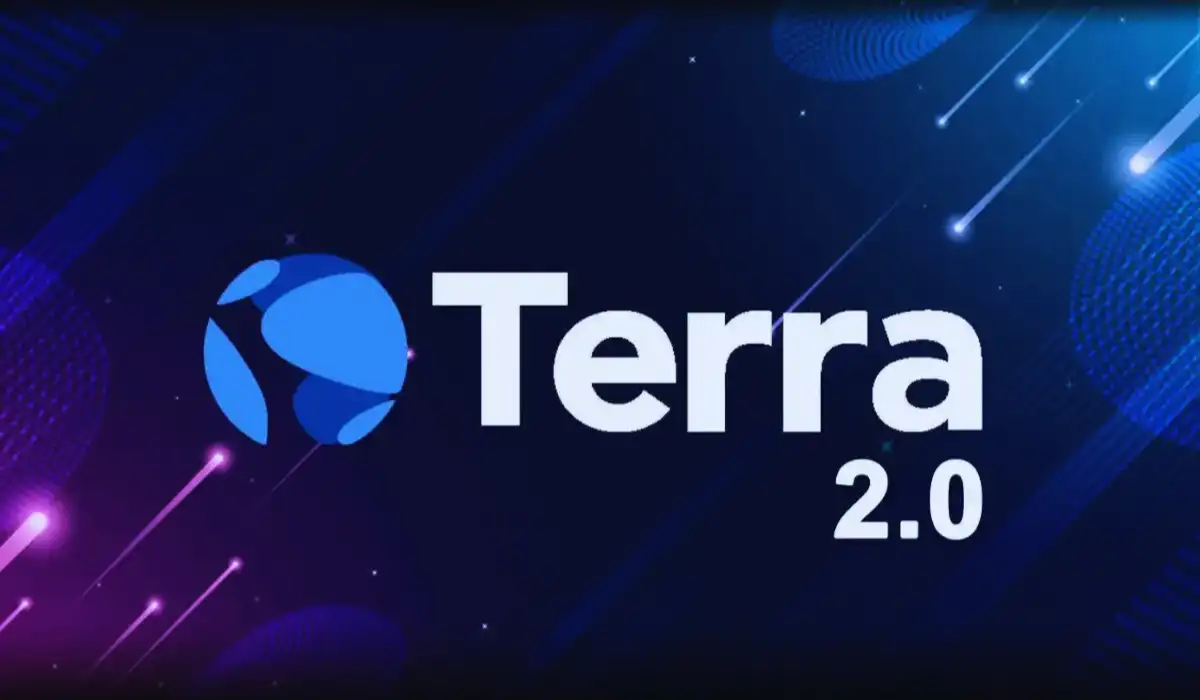The LUNA community has put out a number of strategies to save the Terra ecosystem since the stablecoin collapsed. Among these, the adoption of Proposal 1623, which established a new chain and distributed its new tokens to Terra ecosystem users via airdrop, significantly advanced efforts to save the Terra ecosystem. On May 28, 2022, a new chain was introduced into the Terra ecosystem. Within the first hour of trading, the new coin, Terra (LUNA) or LUNA 2.0, briefly surged to $19.53 from its starting price of $17.80. Those prices were soon shown to be unsustainable. Alongside a current market valuation of approximately $961 million, the older chain, Terra Classic, coexists alongside LUNA 2.0.
This article will take you through all the details of Terra 2.0 and its LUNA 2.0 Airdrop.
What is Terra 2.0?

Investors are waiting for the relaunch of the Terra (LUNA-USD) blockchain, particularly the LUNA 2.0 airdrop. Terra 2.0 is not a fork of Terra 1.0, rather, it is a whole new blockchain. The Terra Ecosystem Revival Plan 2 plan, is based on the revival plan of Do Kwon, the founder, and CEO of the Terra protocol, intends to establish a new Terra chain that will not have an algorithmic stablecoin protocol and will break its connections to the UST stablecoin.
The majority of the well-known Terra Classic projects, such as Astroport, Prism, RandomEarth, Spectrum, Nebula, and many more, will join the community as they transition to the new chain (Terra 2.0). While the Terra 1.0 will be replaced by the latest Terra 2.0, the Terra 1.0 and its token will not be destroyed. They will co-exist.
Terra 1.0 (LUNC) vs Terra 2.0 (LUNA)
The old Terra chain is known as Terra Classic (token: Luna Classis – LUNC) and the latest chain is known as Terra (token: Luna – LUNA). The relation between LUNA and LUNC is similar to ETC and ETH. The old chain of Ethereum is known as Ethereum Classic, and its token is ETC. The new chain is known as Ethereum, and its token is ETH.
LUNA 2.0 Airdrop
Qualified users will be eligible to receive the new LUNA airdrop amount, which will depend on the kinds of tokens they have on the Terra Classic chain (TerraUSD (UST), now known as USTC, and Terra 1.0 native token LUNA, now known as LUNC). Additionally, the new LUNA airdrop quota will be determined by the duration and amount of these tokens kept (based on Pre-Attack and Post-Attack).
Below is the snapshots of Pre-Attack and Post-Attack:
| Snapshot | Time | Block Height (Terra Classic) |
| Pre-Attack | 7 May, 22:59:37 | 7544910 |
| Post-Attack | 27 May, 00:38:08 | 7790000 |
According to Terra’s most recent official announcement, users who fulfill the following criteria will be eligible for the LUNA airdrop.
Users hold at the Pre-Attack snapshot:
- LUNA (with derivatives for staking)
- Less than 500KaUST (UST deposited in Anchor)
Users hold at the Post-Attack snapshot:
- LUNA (with derivatives for staking)
- UST
Existing Groups that are Getting LUNA 2.0 Airdrop
- 30% of the token allocation goes to the community pool, with 10% going to developers.
- Thirty-five percent of the new LUNA tokens will go to LUNA holders who were present before the crash or attack.
- 10 percent of the new tokens are going to pre-crash UST holders.
- Ten percent of the new tokens, including staking derivatives, will be distributed to LUNA holders who were affected by the crash. Thirty percent of the tokens will be unlocked at Genesis, and the remaining seventy percent will be vested over 2 years, with a 6-month cliff.
- Fifteen percent of the tokens will be distributed to UST holders after the crash. Thirty percent of these will be unlocked at Genesis and seventy percent will vest over 2 years, with a six-month cliff.
Is the Luna 2.0 Airdrop a Buying Opportunity?
The goal of Terra’s development team has been to replicate the active and robust community that existed on the original Terra blockchain. It is hoped that by concentrating on the various initiatives that were constructed on top of Terra, the real-world utility will be created without the stigma associated with the failed stablecoin project.
Another option to support the ecosystem’s progress is through the LUNA 2.0 airdrop. The proposals state that the new LUNA will be delivered to the cryptocurrency wallets of qualified investors who own Terra ecosystem tokens. How much they previously held, how long they had it, and the exchanges and wallets they are using will all affect what they get.
Also Read: How Cryptocurrency Defies Inflation? A Complete Guide
Conclusion
Terra 2.0 represents an ambitious attempt to recover from one of the most significant failures in cryptocurrency history. The structured approach to distributing new tokens through the LUNA airdrop reflects an effort to rebuild trust within the community while providing holders with incentives to remain engaged with the ecosystem. As Terra continues to evolve, stakeholders are encouraged to stay informed about developments and participate actively in governance decisions that shape the future of this innovative blockchain project.

